Following up on the extreme success of their latest studio album release “Death…The Brutal Way” and its “Live Death Doom” DVD/Live-CD successor, Dutch Doom Death Metal legends ASPHYX are currently busy with the final recordings for their newest studio effort, programmatically entitled “Deathhammer”.
The band checked in with the following status report about the new album:
“By now, all the guitars, drums and bass tracks for the upcoming “Deathhammer” album are recorded. Drums were recorded in the classic Harrow Studio, known from the ASPHYX classics as “The Rack” and “Last One On Earth”. The guitars and bass were recorded in The Mörser Studio. In a few weeks the vocals will be recorded in the Harrow Studio as well and then Dan Swanö will do the album’s mixing and mastering, just as on “Death…The Brutal Way” and “Live Death Doom”.
“Deathhammer” promises to be a darkened successor of “Death…The Brutal Way”. Almost every band is praising their newest album to be heavier and more brutal than the previous one, but actually in this case it’s the harsh truth. “Deathhammer” is in every way heavier, doomier and darker. Maybe it’s because of the fact that most of the songs were written in late Autumn/Winter?! We do not know…but it’s easily our heaviest effort so far!”.
“Deathhammer” is scheduled to be released via Century Media Records in early 2012.
For the rest of this year, ASPHYX will be playing a string of quality shows in Europe, including an appearance at this weekend’s underground institution NRW Deathfest on Saturday, September 17th, 2011 at AJZ Bahndamm in Wermelskirchen, Germany. Additionally, ASPHYX have chose to perform two very special “full album setlist” concerts on October 15th at Metropool in Hengelo, The Netherlands (where the band will be playing their complete “Last One On Earth” album) and at this year’s Eindhoven Metal Meeting on December 16th at Effenaar in Eindhoven, The Netherlands (where the band will be playing their complete “The Rack” album for its 20th anniversary of release). Do not miss these truly special events…
Upcoming ASPHYX live shows in 2011:
17.09.2011 NRW Deathfest – Wermelskirchen (Germany)
23.09.2011 Vera – Groningen (The Netherlands)
24.09.2011 Salzmann Factory – Kassel (Germany)
01.10.2011 Skullcrushers – Dresden (Germany)
15.10.2011 Metropool – Hengelo (The Netherlands) * Special “Last One On Earth” show!
12.11.2011 Stromgitarrenfest Vol. 2 / H.O.F. 23 – Berlin (Germany)
10.12.2011 Madrid In The Dark Festival – Madrid (Spain)
16.12.2011 Eindhoven Metal Meeting – Eindhoven (The Netherlands) * Special 20 years “The Rack” show!
www.facebook.com/officialasphyx
www.asphyx.nl
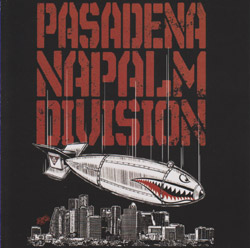
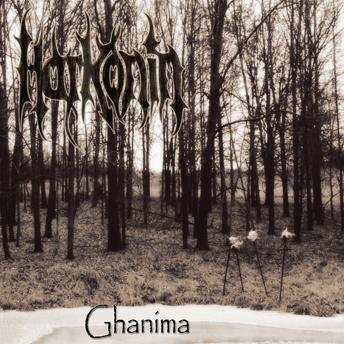
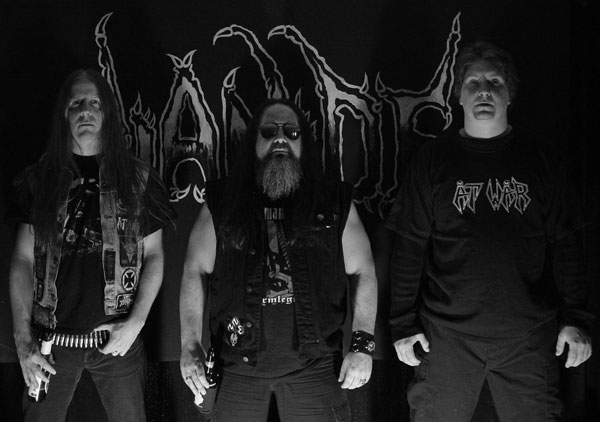
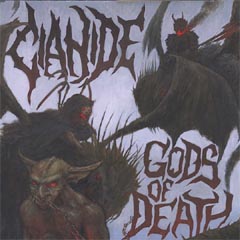 We who still love metal walk a fine line between the sold out nu-hardcore stylings of metalcore, and the tendency to hop on the bandwagon of the old school too much; the previous Cianide, Hell’s Rebirth, walked too far on the old school side — when a band loses direction, they imitate successful techniques and patterns from the past without knowing what those patterns evoked in the listeners.
We who still love metal walk a fine line between the sold out nu-hardcore stylings of metalcore, and the tendency to hop on the bandwagon of the old school too much; the previous Cianide, Hell’s Rebirth, walked too far on the old school side — when a band loses direction, they imitate successful techniques and patterns from the past without knowing what those patterns evoked in the listeners.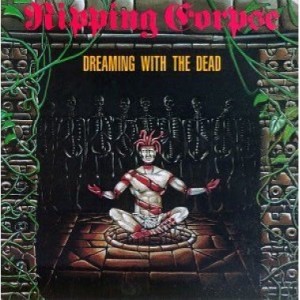
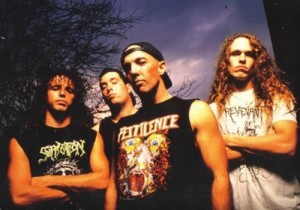 Although the adverse effect of retaining such past influences would be that some later songs still structure themselves around anthemic choruses – a burden that most of Ripping Corpse’s contemporaries had already evolved far beyond – the band manages to employ enough compexity in their compositions to keep up with the demands of their vision. The sound of the guitars may be construed as being weak or mixed poorly, but this lighter texture lends itself well to the progression of riffs from measured punctuations of rhythm to insane variations by way of fucked up artificial harmonics and blastbeaten tremolo sequences. Tempo blurs the lines of what is considered primitive, though the act may be embellished with the jewels of modern society or justified in the name of some ideology. As layers of humanity are removed from the conscious mind, lead guitars erratically and uncontrollably rip through passages and bring a microcosmic level of culmination within a song, like the fleeting screams of demons being exorcised from a long tortured soul.
Although the adverse effect of retaining such past influences would be that some later songs still structure themselves around anthemic choruses – a burden that most of Ripping Corpse’s contemporaries had already evolved far beyond – the band manages to employ enough compexity in their compositions to keep up with the demands of their vision. The sound of the guitars may be construed as being weak or mixed poorly, but this lighter texture lends itself well to the progression of riffs from measured punctuations of rhythm to insane variations by way of fucked up artificial harmonics and blastbeaten tremolo sequences. Tempo blurs the lines of what is considered primitive, though the act may be embellished with the jewels of modern society or justified in the name of some ideology. As layers of humanity are removed from the conscious mind, lead guitars erratically and uncontrollably rip through passages and bring a microcosmic level of culmination within a song, like the fleeting screams of demons being exorcised from a long tortured soul.
